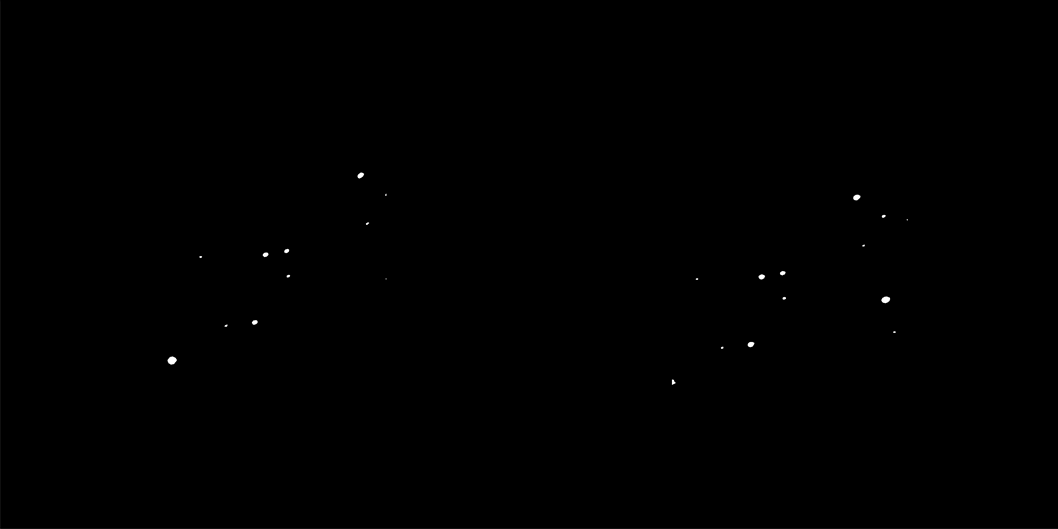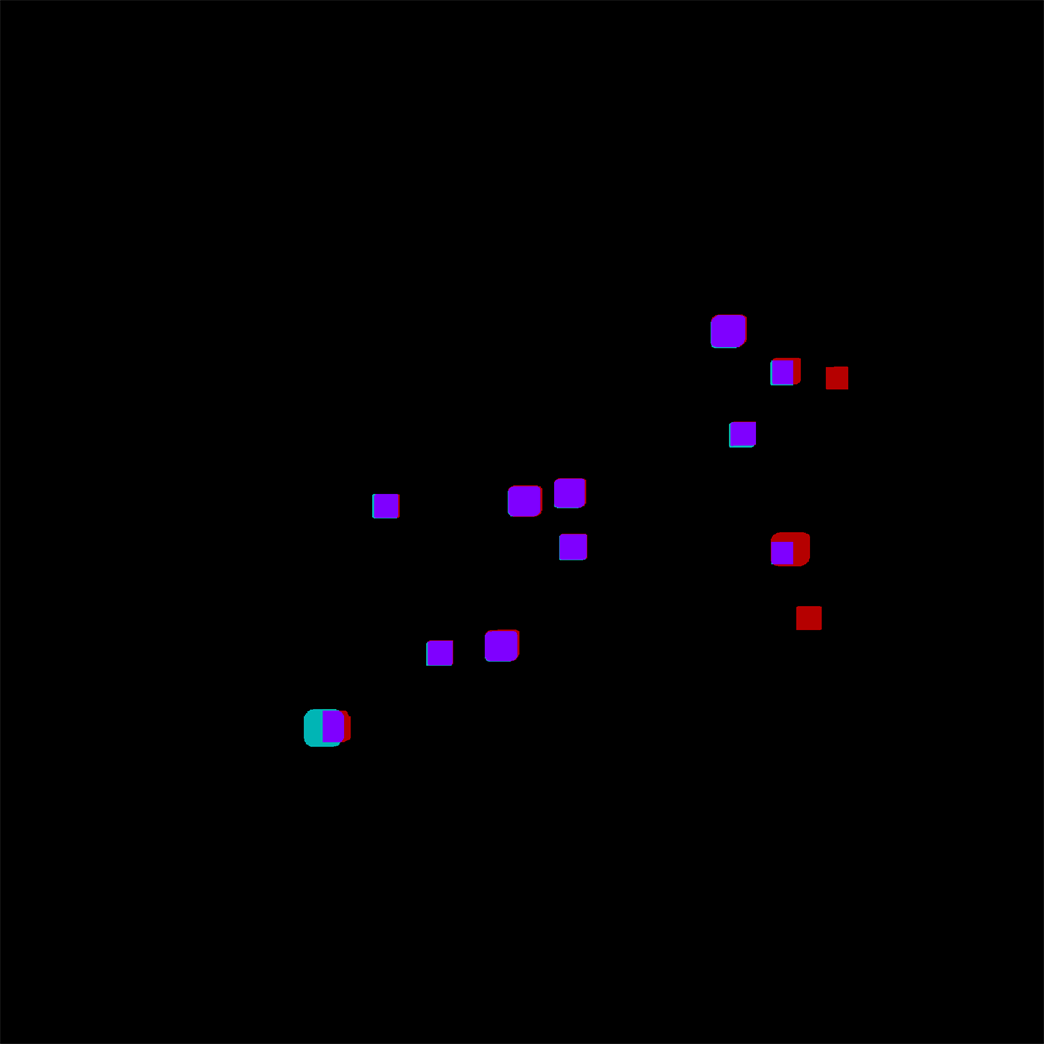I hope that you find this question interesting and that this will help others with similar problems as this configuration is not so particular.
My problem
I have multiple images of a particular region in the sky. These images depict stars. In order to make measures i have to align the images first (to identify the same star in each image, for example). I'm finding this task extreamly difficult. This is what i have tried so far:
First I tried to use
ImageAlignwith the two images, but it did not work. As the correction should be a translation, I also tried to givingTransformationClass -> "Translation"as an option, but that did not work.The best approach so far is the following:
Binarize the images to show the stars more clearly.
Identify the stars using
MorphologicalComponents.Use
FindGeometricTransormationwith the coordinates of the stars to find a transformation using the option `TransformationClass -> "Translation".
This last approach work iff the images are very closely related.
Here is the link of the actual images and a binarize copy of them:
http://s28.postimg.org/mk78gibi3/Image1.png
http://s28.postimg.org/x5r3sihtn/Image2.png
http://s28.postimg(dot)org/o86dv5pdp/Binarize1.png
http://s28.postimg(dot)org/x4h5z3fzx/Binarize2.png
As the final objective is to automate the process, the less human input to the process the better.











img1 = Import[ "https://www.dropbox.com/s/83hyoz5g62rxiut/Image1.png"]; img2 = Import["https://www.dropbox.com/s/fh25kcmuaij3sus/Image2.png"];Your current URLs do not work. $\endgroup$